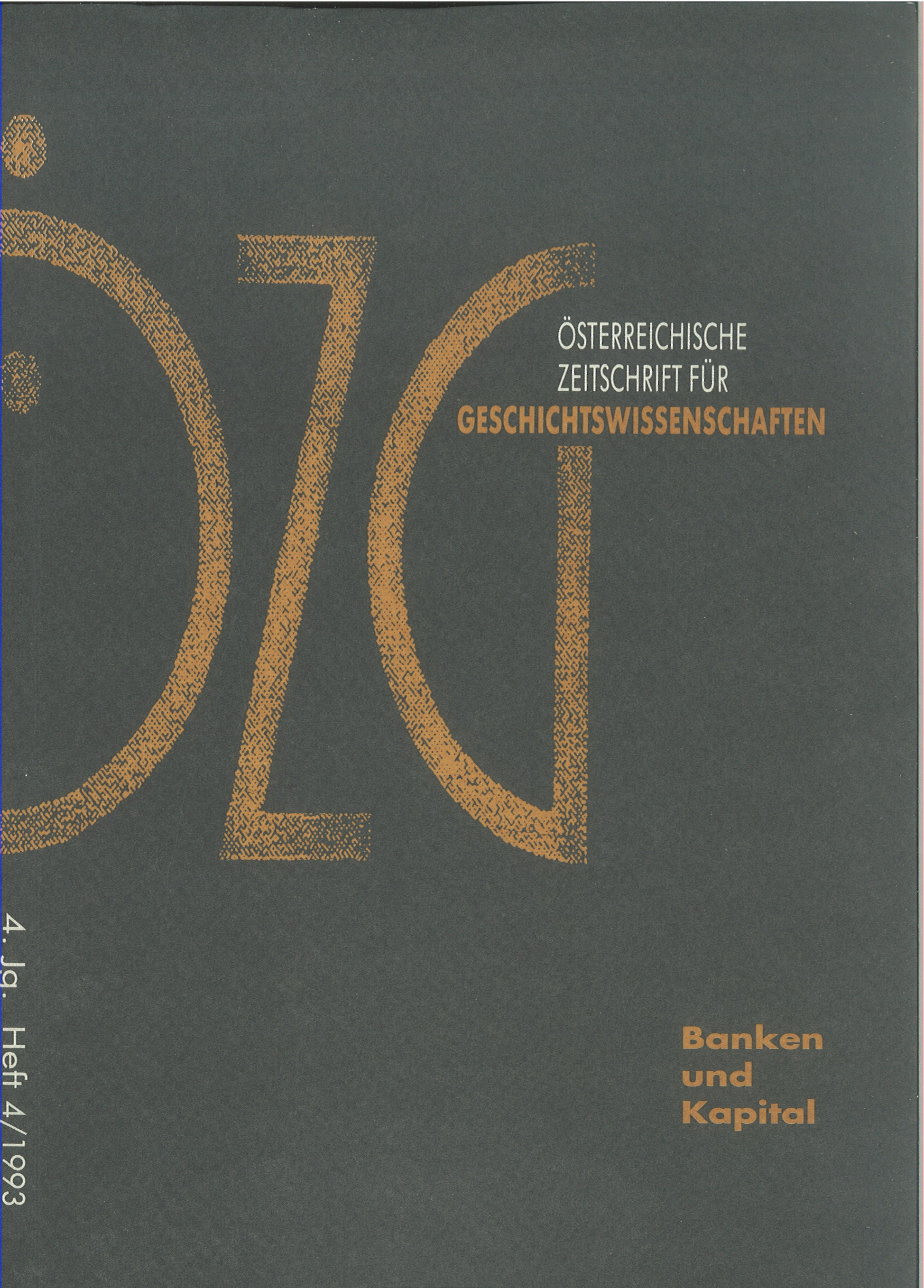Banken in der Slowakei m der Zwischenkriegszeit
DOI:
https://doi.org/10.25365/oezg-1993-4-4-4Abstract
When Czechoslovakia was founded the credit system of Slovakia reflected the agrarian character of the Slovakian economy and the low degree of industrialization. The changes in the system of commercial banks in the interwar period were principally a consequence of the political upheaval after the First World War. At this time a process of intensive centralization began: the number of banks decreased dramatically and the group of bigger banks and nationally Slovak banks increased their significance substantially. The branch offices of the large Hungarian banks disappeared and new offices of the big banks of the Czech lands were established. In spite of their quantitative growth, the Slovakian banks remained in the position of credit institutes of a merely provincial character. This feature was manifested in the character of their business activities which was mainly directed at the agricultural sector and at small and medium-scale industrial and commercial enterprises. Larger industrial concerns and a great part of the wholesale and foreign trade were instead financed by the large banks of the Czech lands.


